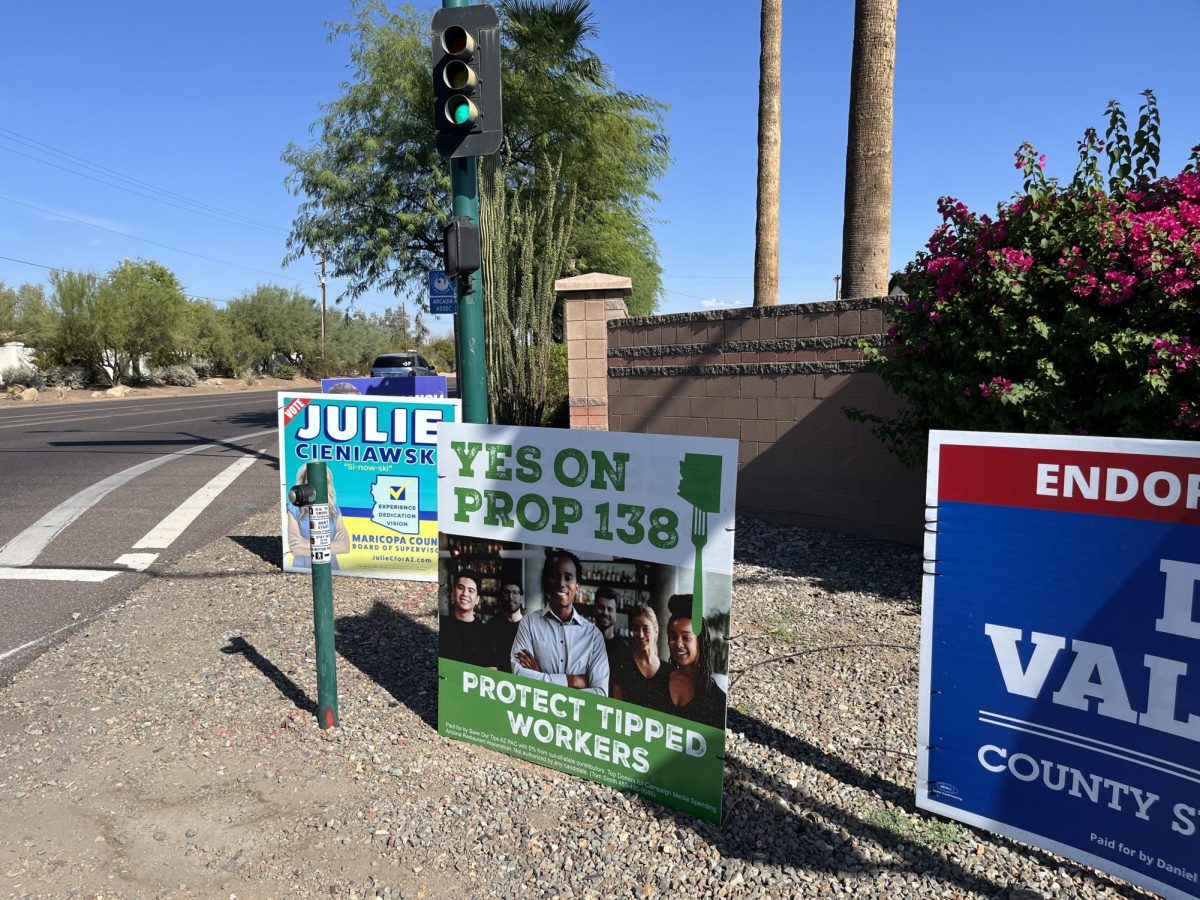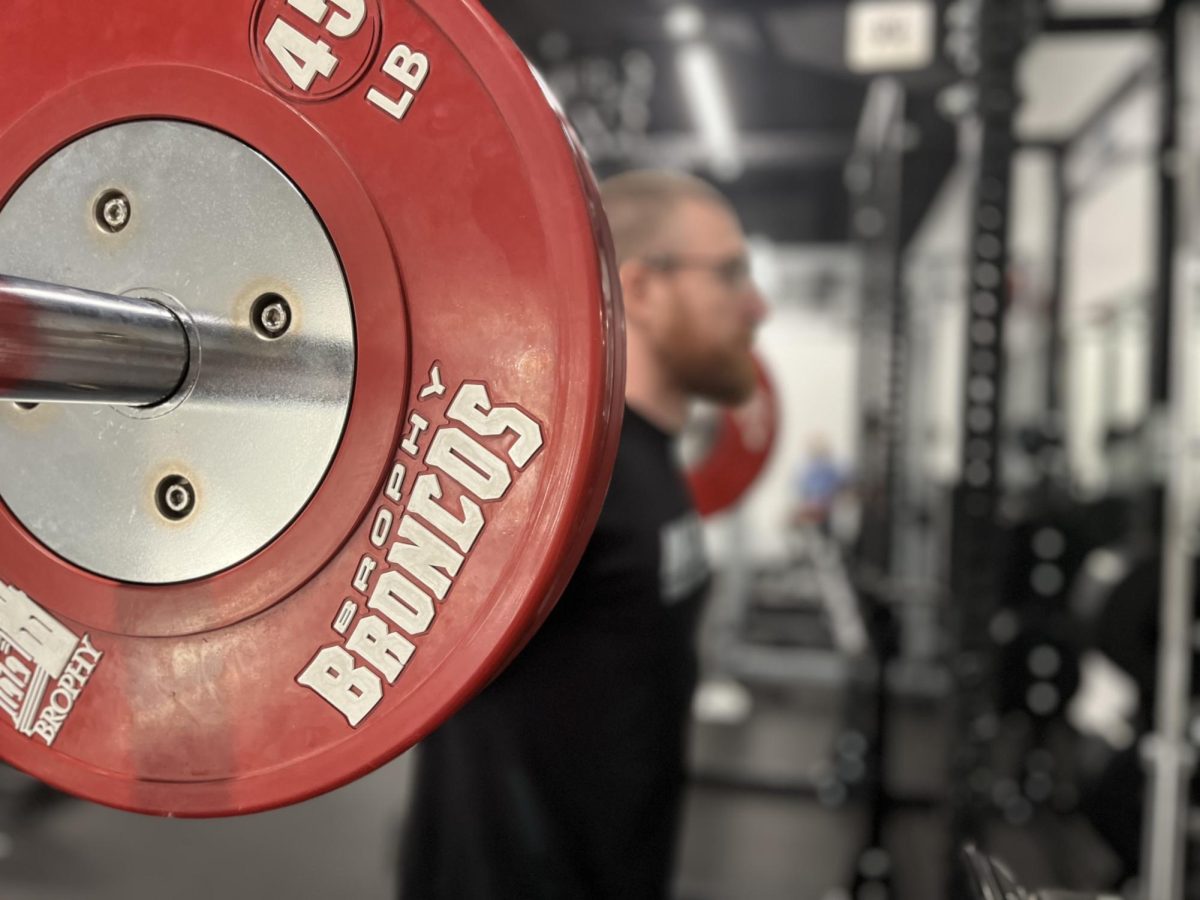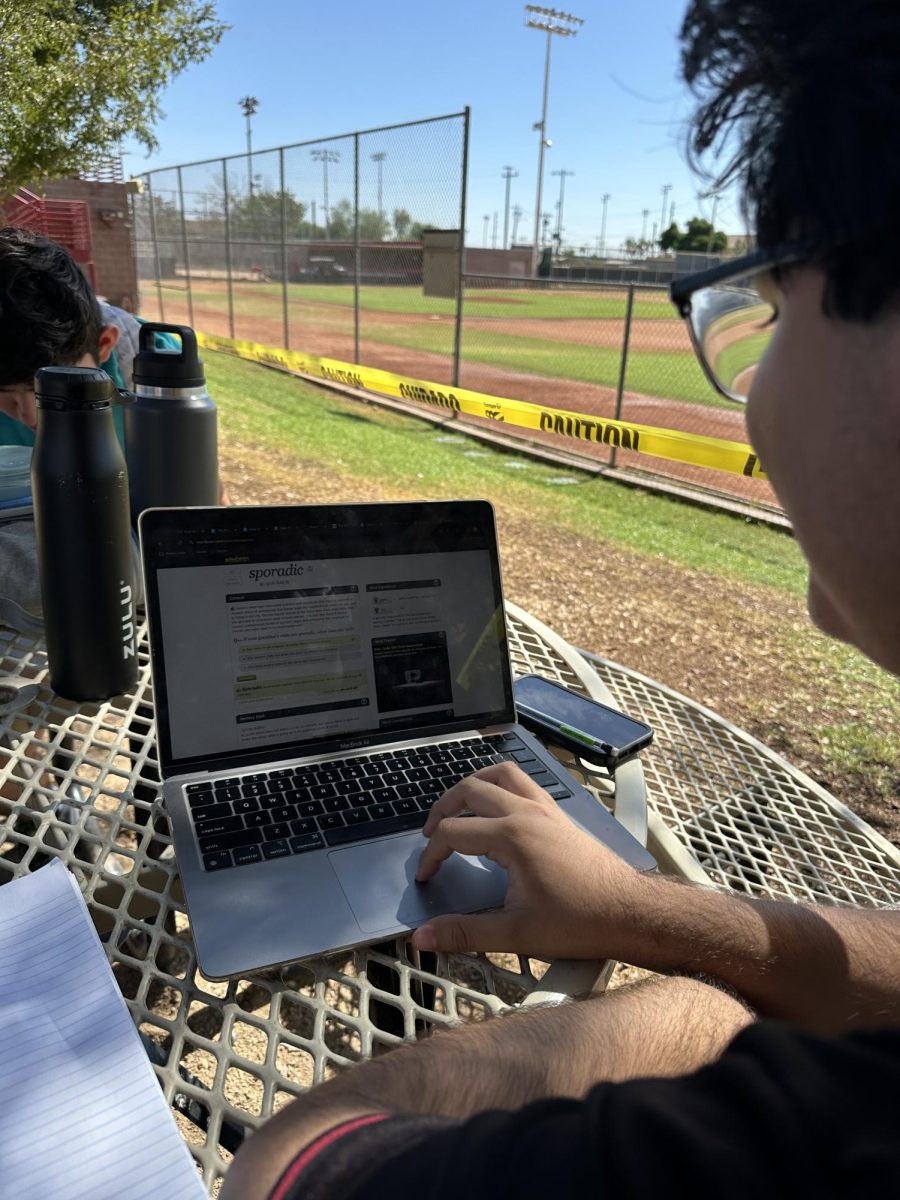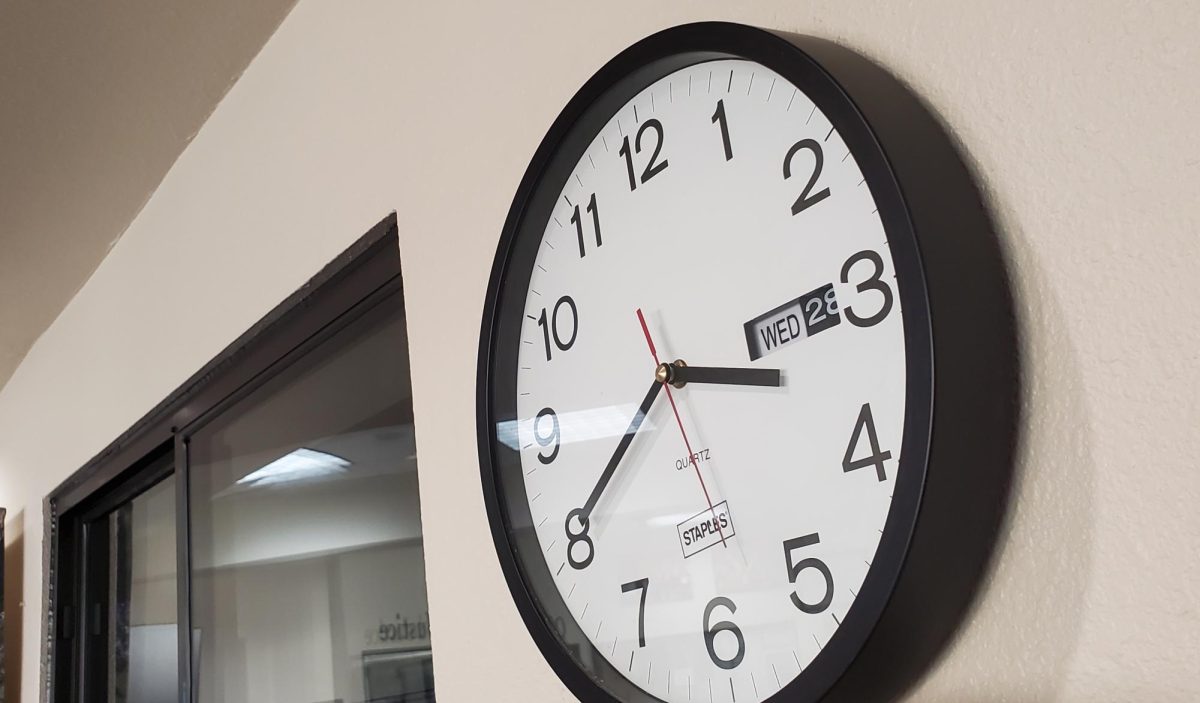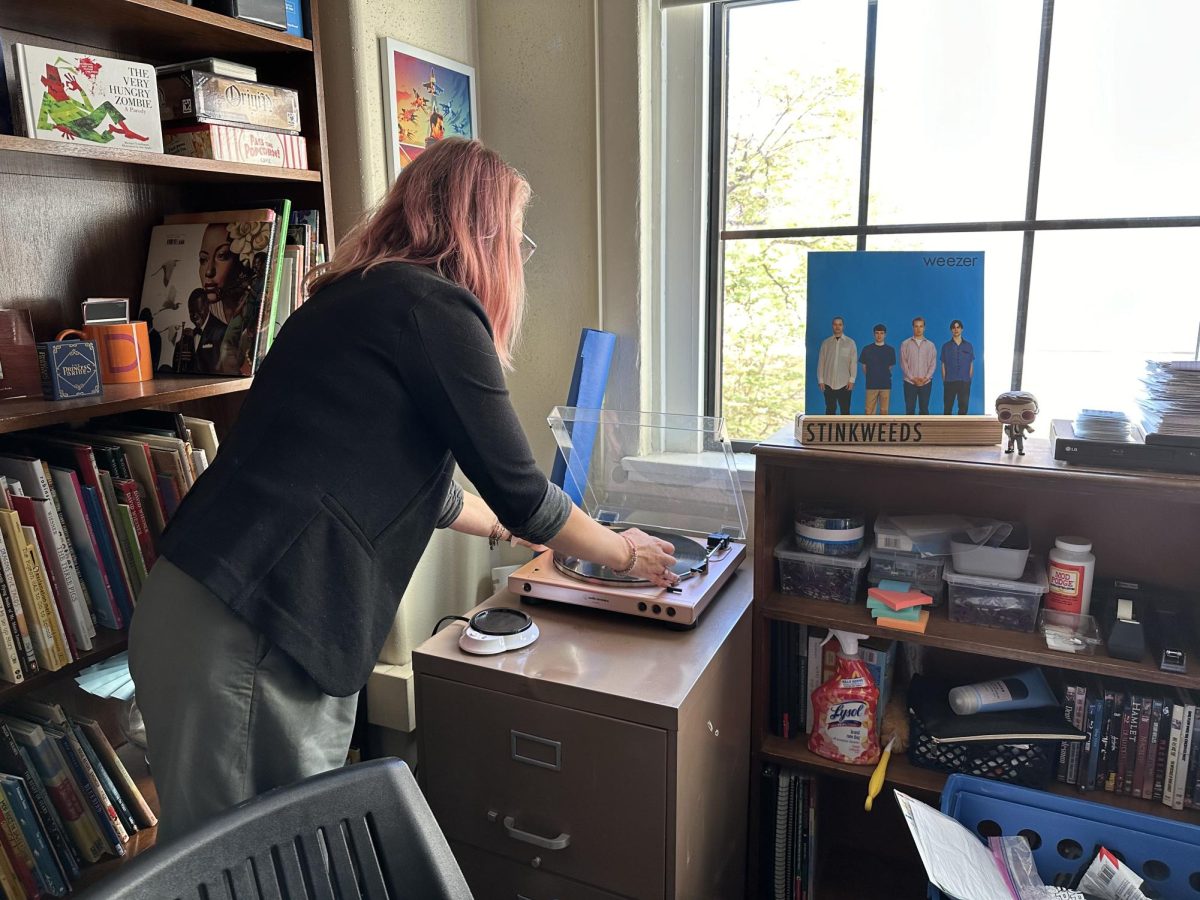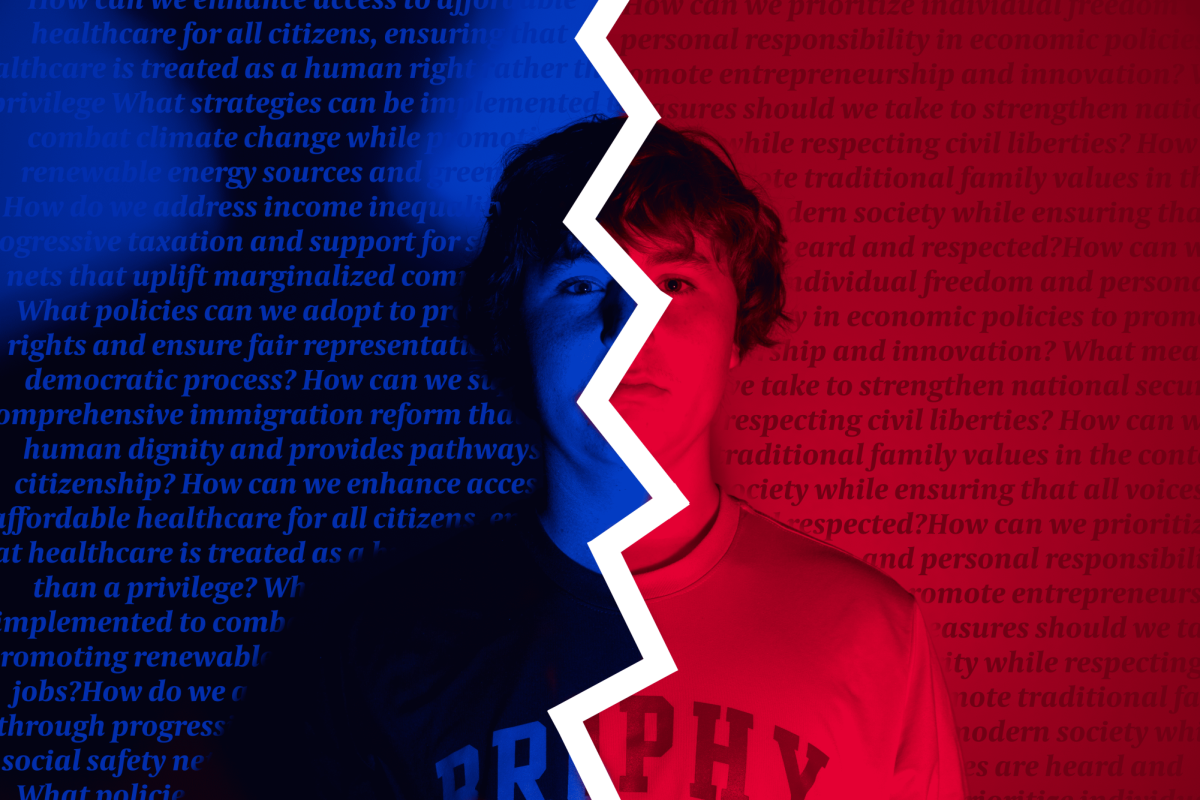The creation of pollution has made rates of chonic bronchitis go up by 133, 817 sufferers
By Joe Skoog ’13
The Roundup
In a recent American Lung Association study, the Phoenix area ranked as the second most polluted city in the country.
Cough.
We have all seen the smog clouds every morning and every afternoon.
But what exactly causes this?
The ALA study cites rising dust levels caused by construction, as well as the funnel effect that happens to air in the mountains because of the valley that Phoenix is in.
According to an article in the Huffington Post, “These people live in areas where chronic levels are regularly a threat to their health. Even when levels are fairly low, exposure to particles over time can increase risk of hospitalization for asthma, damage to the lungs and, significantly, increase the risk of premature death.”
The number of people affected by cardiovascular diseases because of smog in Arizona is a staggering 1,101,803, according to the ALA.
The high levels can also be attributed to the number of cars that emit carbon, as the study goes on to say.
The study found the creation of new highways and roads, coupled with urban sprawl, has caused the rates of chronic bronchitis go up to 133,817 sufferers.
Cough, again.
For Carlos Mandeville ’12, the smog created by cars can be stifling.
“Since I have asthma, I am hesitant to spend a lot of time outside when there is noticeable pollution in the air. It makes me cough, and when I am practicing sports after school, I will get out of breath much faster than other kids. Sometimes, it feels like the air is choking me.”
Furthermore, the ALA study found a lack of adequate public transportation and a decentralized city structure are the causes of the smog that many see.
Their “State of the Air 2011” study indicates taking steps towards public transportation, such as extending the Light Rail, would provide ample opportunities for the reduction of smog.
Transportation choices mainly come down to the convenience that people feel when commuting from place to place, and because of this, convenience is something that should be addressed when creating new forms of public transportation, so as to reduce the number of smog producing cars on the road.
The American Lung Association also went on to find that those in poverty are the most adversely affected by air pollution, because the air can even be unfit to breath sometimes in lower income residential areas.
The Huffington Post went on to say, “The ALA recently reported that particle pollution from power plants kills approximately 13,000 people per year.
Pollution hazards may be exacerbated for people who are part of an ‘at-risk’ group, such as those with asthma, chronic lung disease, cardiovascular disease, or diabetes.”
The smog in our otherwise great city affects many people.
Through carpooling, taking the light rail, or even dusting off your old bike, we can make a difference and reduce the cloud hanging over the places where we live.
Hopefully, we can end our valley’s cough.



